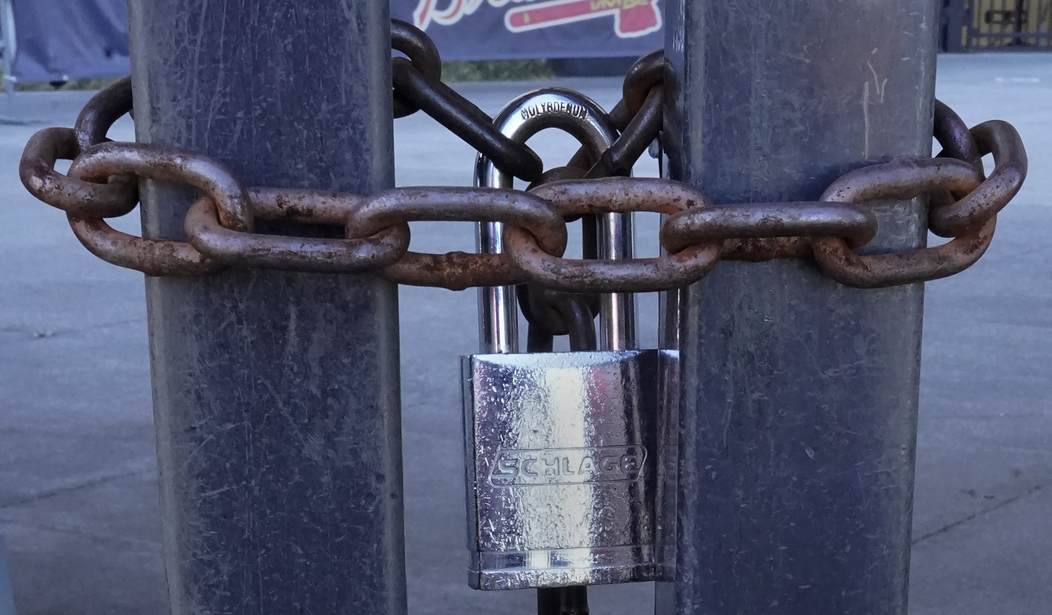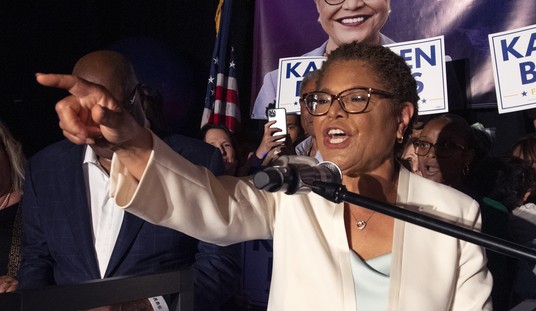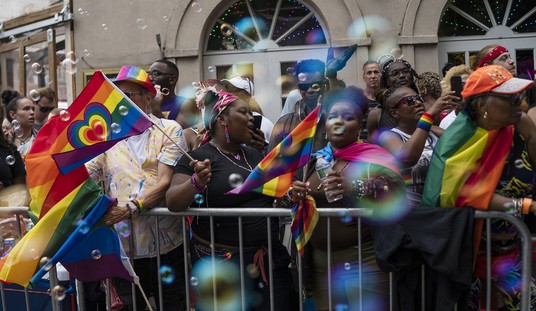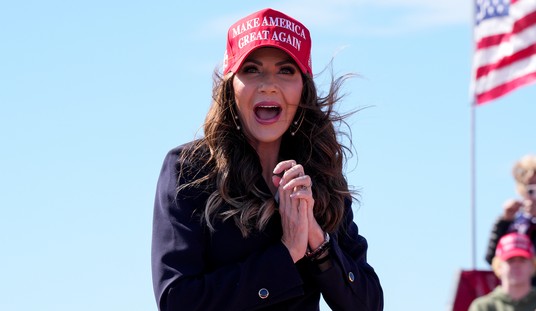Here at the sports desk located somewhere below decks of the Good Pirate Ship RedState, we acknowledge that the weeks in-between the Super Bowl and the start of the NCAA men’s basketball tournament are pretty much the dog days of sports. The hockey and basketball seasons are ongoing, but the playoff push has yet to take shape. Football is taking a breather, save for musing over possible trades and potential draft picks. Thankfully, there’s baseball spring training and … oh, wait …
Since shortly after the Civil War, baseball has been the great American constant, the sport and cultural movement that has bound generations together. Despite the century-plus of financial sleight-of-hand and duplicity of team owners, baseball has remained something to remind us each year that life continues. It has bound American generations, and America itself, together in a way no other sport can boast. The game’s legends transcend time as even the non-sports minded know the names. Few can rattle off the different Presidents’ names a century ago, but everyone knows Babe Ruth.
Yet once again, the very entities entrusted with baseball’s maintenance and growth seem fiercely determined to destroy that with which they have been charged. Spring training should be in full swing right now. Instead, only lizards dart and play across fields in Arizona and Florida. The first two series of the regular season are canceled. Negotiations between owners and players are a joke. The players are establishing funds, and allegedly the owners as well, to help stadium workers affected by the cancellation of games. No one knows when or how this will end. More cancellations? An abbreviated season, rescheduled so only divisional games are played? No season at all?
The contentious wedges driven between players and owners are, but of course, financial. Whether they care to admit it, everyone in professional sports makes money. It’s with how much, and from whence it comes, that issues arise.
We start with broadcasting. Since the 1960s, all NFL broadcast deals have been national except for pre-season television and radio, which for even the most popular teams return a pittance compared to national broadcast revenue. Said revenue is shared equally among all teams, thus providing a hefty income and eliminating lack of revenue as an excuse for why your football team stinks up the great outdoors year after year. As opposed to mine, but enough bragging for now.
The other three major sports have shared national broadcast revenue. Still, they are far more dependent on local revenue, be it from broadcast rights or ticket sales (for conciseness’ sake, we’re lumping luxury suites in with tickets). To try and level the paying … er, playing field a bit, basketball and hockey have somewhat convoluted rules that encourage teams to re-sign their players by allowing the team to offer a fatter contract than the player could make going elsewhere as a free agent.
The NHL has a hard cap both upper and lower; no team can have a payroll higher than $81.5 million and no less than $60.2 million. The NFL also has a hard cap, which for the upcoming season will be a modest $208.2 million. It also has a lower hard cap, which in 2021 was $180 million. The NBA’s salary cap and sub-categories are sufficiently Byzantine to require scholarly websites devoted to nothing but explanations thereof, although this summary at SB Nation works well:
- The NBA sets a salary cap based on the previous season’s revenue. This is a soft cap, meaning that teams can spend above the line.
- Teams must spend 90% of the salary cap as the salary floor. If a team does not reach the salary floor, they must pay the difference between the floor and their roster salary to their players.
- Teams are allowed to spend above the salary cap without penalty until they hit the luxury tax line, after which they must pay additional fees depending on how much they exceed the limit and if they are “repeat offenders.”
- Certain types of contracts are exempt from counting towards the cap or luxury tax.
- NBA splits revenues 50/50 between the league and the players.
No, there will not be a quiz in the morning, thank you. Especially when you start adding things like dead money, which isn’t as morbid as it sounds. Instead, it’s the term applied to salary owed a player no longer on the team. In not altogether unrelated news, being a sports lawyer is a good career path to pursue.
And then there’s baseball.
Baseball has no salary cap, upper or lower. Teams can spend as much or as little as they want. This is why you have the Pittsburgh Pirates with a active payroll; i.e. players actually playing, of $21.45 million as compared to the New York Mets team active payroll of $235.6 million. Gee, wonder which team’s fan base likes its ownership more. But I digress. There is a luxury tax for teams paying more than $210 million in salaries, but at that point, if you’re spending that much, who cares about a few extra million. This raises the question of whether this is sports or the government we’re talking about, but let’s not go there.
The owners would love a salary cap; players, no way.
0%. Saying cap to the union is like saying Voldemort at Hogwarts. It's a non-starter.
MLB offered a $100M salary floor in an early negotiation. With it came a $180M CBT threshold in which overages would've subsidized lower-revenue teams. The union felt the trade wasn't worth it. https://t.co/RImBiLBcim
— Jeff Passan (@JeffPassan) February 17, 2022
A quick look at the current salary situation shows that under this proposal, four teams would pay a luxury tax, and 14 teams would have to start putting more zeros in their player’s paychecks. The players association might want to recheck its math on this one before rejecting it out of hand.
There are, of course, other issues. The players want a system to strongly discourage teams from tanking in the form of getting rid of … er, trading any and all players showing star ability before they reach the point where they’re ready for their first fat contract. In exchange, said teams get a bunch of prospects and draft picks so they can “rebuild.” Which, amazingly enough, always translates into doing the same tanking routine when said prospects and draft picks develop into players showing star ability. (But enough about my A’s.) And there are other items, like chicanery with service time. Near the bottom of this Baltimore Sun story is a decent detailing of all the issues.
In short … guys, we love baseball. You, not so much. In fact, we already intensely dislike you. Baseball belongs to us, not you. How’s about, for a change, respecting the game and the fans, sitting your collective butts down, getting real, getting a deal done, and playing a little ball before you destroy every shred of interest in the sport itself?














Join the conversation as a VIP Member